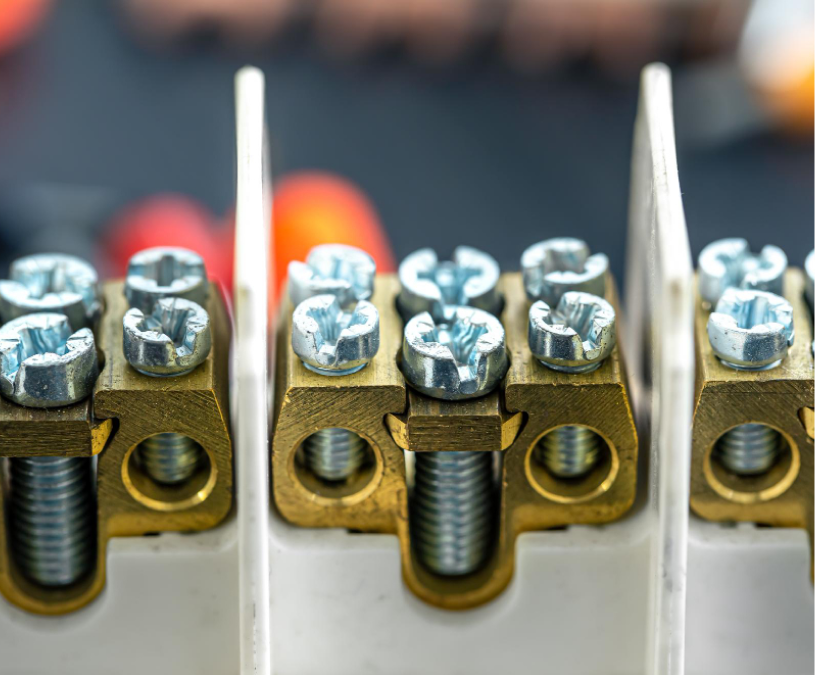



Security screws feature special heads that make them both significantly harder to remove and more resistant to pressure or wear. Typically made from steel with a zinc coating, security screws are also known as tamper-proof, anti-tamper, and anti-theft screws. They are part of a broader family of professional security fixings.
Traditional security screws, also known as tamperproof screws, are otherwise standard screws but with a unique head, making it nearly impossible to remove with common tools. That used to mean that any screws that couldn't be removed with a slot-style or Phillips® head driver could be considered security screws. However, this is no longer true.

Security screws feature special heads that make them both significantly harder to remove and more resistant to pressure or wear. Typically made from steel with a zinc coating, security screws are also known as tamper-proof, anti-tamper, and anti-theft screws. They are part of a broader family of professional security fixings.
Traditional security screws, also known as tamperproof screws, are otherwise standard screws but with a unique head, making it nearly impossible to remove with common tools. That used to mean that any screws that couldn't be removed with a slot-style or Phillips® head driver could be considered security screws. However, this is no longer true. The vast majority of so-called tamper proof screws on the market today, are not actually secure nor vandal resistant. Calling them tamper proof is making a false claim and is simply misleading the public and the buyer who need true protection.
Traditional security screws, also known as tamperproof screws, are otherwise standard screws but with a unique head, making it nearly impossible to remove with common tools. That used to mean that any screws that couldn't be removed with a slot-style or Phillips® head driver could be considered security screws. However, this is no longer true. The vast majority of so-called tamper proof screws on the market today, are not actually secure nor vandal resistant. Calling them tamper proof is making a false claim and is simply misleading the public and the buyer who need true protection.
Security screws feature special heads that make them both significantly harder to remove and more resistant to pressure or wear. Typically made from steel with a zinc coating, security screws are also known as tamper-proof, anti-tamper, and anti-theft screws. They are part of a broader family of professional security fixings.

Security screws feature special heads that make them both significantly harder to remove and more resistant to pressure or wear. Typically made from steel with a zinc coating, security screws are also known as tamper-proof, anti-tamper, and anti-theft screws. They are part of a broader family of professional security fixings.
Traditional security screws, also known as tamperproof screws, are otherwise standard screws but with a unique head, making it nearly impossible to remove with common tools. That used to mean that any screws that couldn't be removed with a slot-style or Phillips® head driver could be considered security screws. However, this is no longer true.
Security screws feature special heads that make them both significantly harder to remove and more resistant to pressure or wear. Typically made from steel with a zinc coating, security screws are also known as tamper-proof, anti-tamper, and anti-theft screws. They are part of a broader family of professional security fixings.
Traditional security screws, also known as tamperproof screws, are otherwise standard screws but with a unique head, making it nearly impossible to remove with common tools. That used to mean that any screws that couldn't be removed with a slot-style or Phillips® head driver could be considered security screws. However, this is no longer true. The vast majority of so-called tamper proof screws on the market today, are not actually secure nor vandal resistant. Calling them tamper proof is making a false claim and is simply misleading the public and the buyer who need true protection.